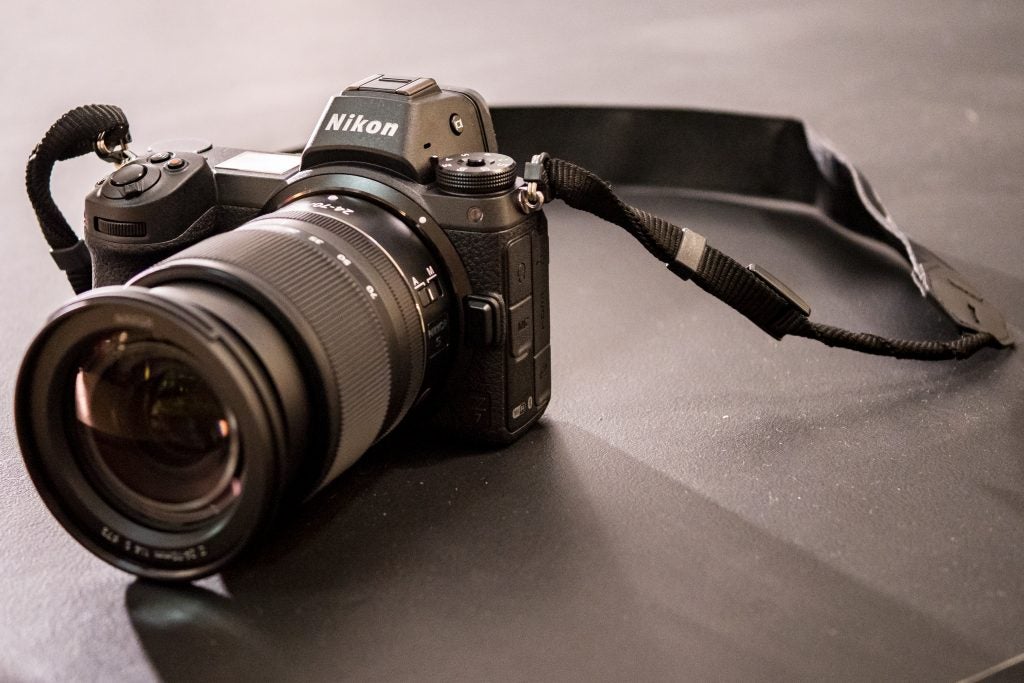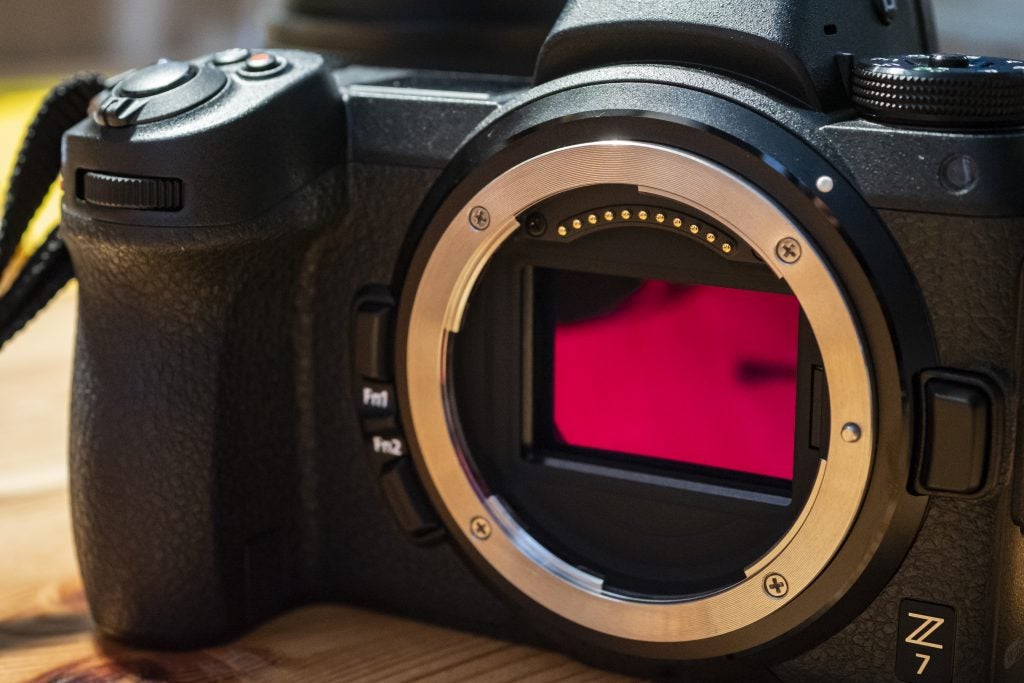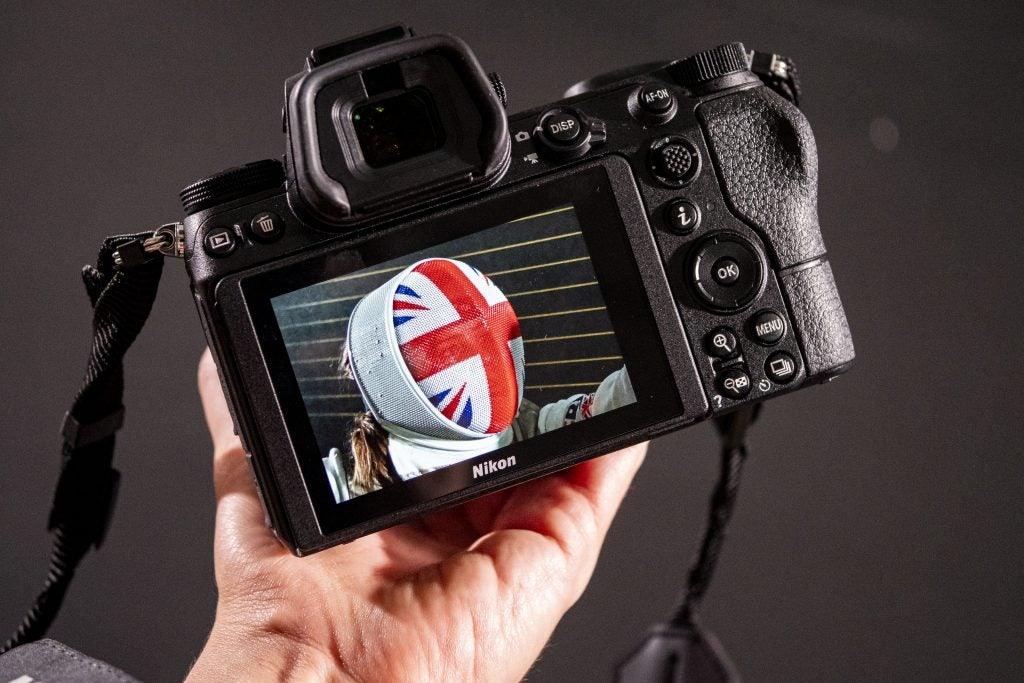Nikon Z6 vs Nikon Z7: what’s the difference?

Nikon Z6 vs Nikon Z7: what’s the difference?
Nikon’s brand new pair of full-frame cameras are gunning straight for the demanding high-end mirrorless market currently dominated by Sony, Panasonic, Fujifilm and Olympus.
Despite looking identical to each other from the outside, and sharing many of the same features, there are some major differences between the Nikon Z6 and Nikon Z7 once you delve below the skin.
Read on, as we take a closer look at the similarities and differences between Nikon’s first mirrorless cameras since 2011’s ill-fated Nikon 1 Series.
Related: Best mirrorless camera
Nikon Z6 vs Nikon Z7 – Design and handling
At a glance these models look identical, and physically there are indeed no differences.
Both share the same overall shape, OLED viewfinder, tilting 3.2-inch LCD touchscreen, weatherproofing and tough build quality. Aside from the name badge, you’d be hard-pressed to tell the two apart.

We should also mention the Z-mount system here: it’s a new lens system and as such, there will not be many native lenses available at launch (see below for more on these).
Still, Nikon is releasing an “FTZ” adapter allowing the use of around 360 existing Nikkor lenses with automatic exposure, or both automatic exposure and autofocus. The hot shoe also accepts existing Nikon flashes and other accessories.
Related: Best travel camera
Nikon Z6 vs Nikon Z7 – Sensor and resolution
Both the Nikon Z6 and Z7 are equipped with back-illuminated full-frame FX-format CMOS sensors – but not all back-illuminated full-frame FX-format CMOS sensors are the same.
The Z6’s sensor has 24.5 effective megapixels with a broad sensitivity range of 100-51200 ISO, while the Z7’s sensor has 45.7 megapixels and a more standard ISO range of 64-25600.

Nikon suggests the Z7 is aimed primarily at stills photographers seeking the utmost sharpness and detail in their images, while the the Z6 is aimed more at all-rounders and those looking for better performance in low light, where its larger, more sensitive sensor pixels will allow faster shutter speeds and reduced noise.
Both models come with the new Expeed 6 image processing engine on board, said to reduce noise and offer sharper image rendering. Both are also able to record 3840 x 2160 4K video at 30fps, as well as 1920 x 1080 Full HD video at up to 120fps.
Related: Best photo editing apps
Nikon Z6 vs Nikon Z7 – Autofocus
Nikon’s two new mirrorless contenders feature a hybrid autofocus system (featuring both phase detection and contrast detection autofocus) with focus points covering around 90 percent of their sensors.
However, the Z7 comes with 493 focus points while the Z6 comes with 273. While this suggests that the Z7 will offer more accurate autofocus, it’s hard to tell exactly what the difference will be without real-world testing. We’ll update this page as soon they’ve been through our test lab.
Nikon Z6 vs Nikon Z7 – Speed
Both the Nikon Z6 and Z7 come with in-body 5-axis vibration reduction (or VR), Nikon’s slightly confusing name for image stabilisation.

Nikon says it gives the cameras the equivalent of around 5.0 stops of extra shutter speed, and should benefit both low light photography and handheld video capture. This in-body VR will work with older lenses attached via the FTZ adapter, too.
In terms of shutter speed for continuous stills shooting, the cheaper Z6 offers a brisk 12fps while the Z7 manages a respectable 9fps.
Nikon Z6 vs Nikon Z7 – Pricing and availability
The Nikon Z7 will be available from late September 2018, with an RRP of £3,339 body only, £3,999 with the new 24-70 f/4 lens, £3,499 with the FTZ lens adapter, or £4,099 with both.
You’ll have to wait a little longer for the Nikon Z6, which is scheduled for a late November 2018 release. Its RRP will be £2,099 body only (putting it at a very similar price point to the current mirrorless full-frame darling, the Sony A7 III), £2,699 with the 24-70mm lens, £2,199 with the FTZ adapter and £2,799 with both.

Bought individually, the 24-70mm lens and FTZ adapter will cost around £999 and £269 respectively. Other Z mount lenses are on the way too, starting with a 35mm f/1.8 prime (RRP £849, out late September 2018), a 50mm f/1.8 prime (£599, out late November 2018), and a 58mm f/0.95 manual focus lens (price and availability in 2019). The latter is the brightest, fastest lens Nikon has ever made and is a pretty exciting prospect.
At the launch event, Nikon showed a slide mentioning other planned Z mount lenses for 2019 and beyond, including stalwarts like a 70-200m f/2.8 telephoto zoom and 14-30mm f/4 wide zoom.
Related: Best compact cameras
Nikon Z6 vs Nikon Z7 – Early verdict
Nikon has had a long time to size up Sony’s full-frame mirrorless cameras and it seems to have produced two direct competitors to its rival’s newest models.
The Nikon Z6 is the go-to all-rounder for video enthusiasts and those more interested in low-light shooting, as well as those on a tighter budget. In these ways, and in price, it’s very much competing with Sony’s A7 III.
A bit further down the professional road, the Nikon Z7 looks to be the ideal specialist camera for stills shooters looking for the ultimate in sharpness and detail in their photos.
We’ll bring you full reviews of both before they become available to buy in late September 2018 (for the Z7) and late November 2018 (for the Z6).

